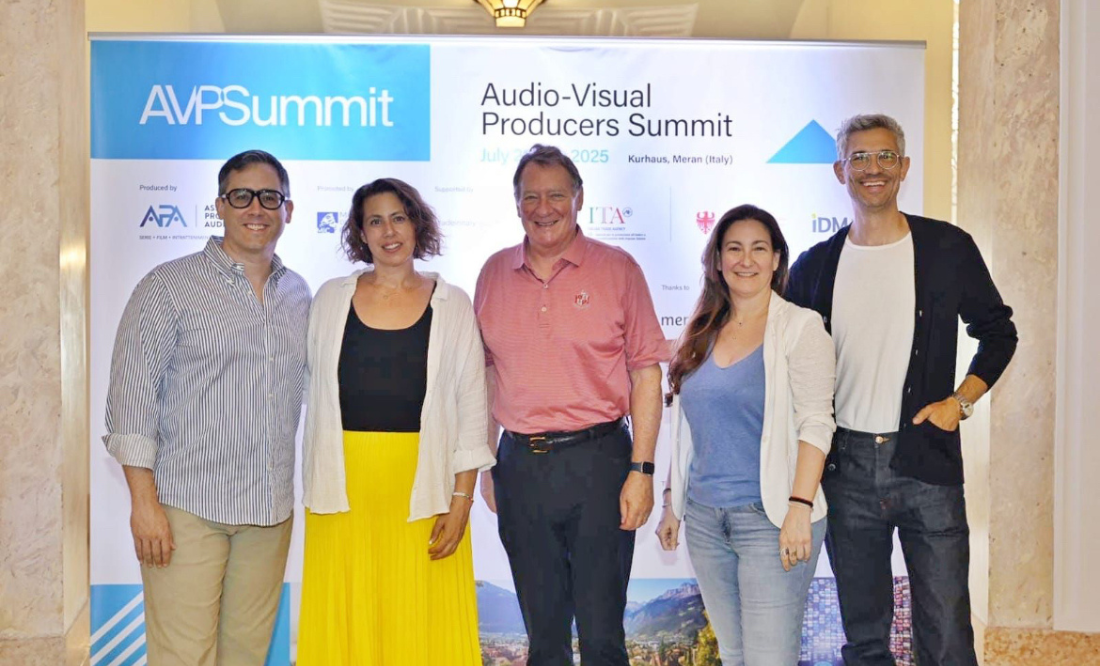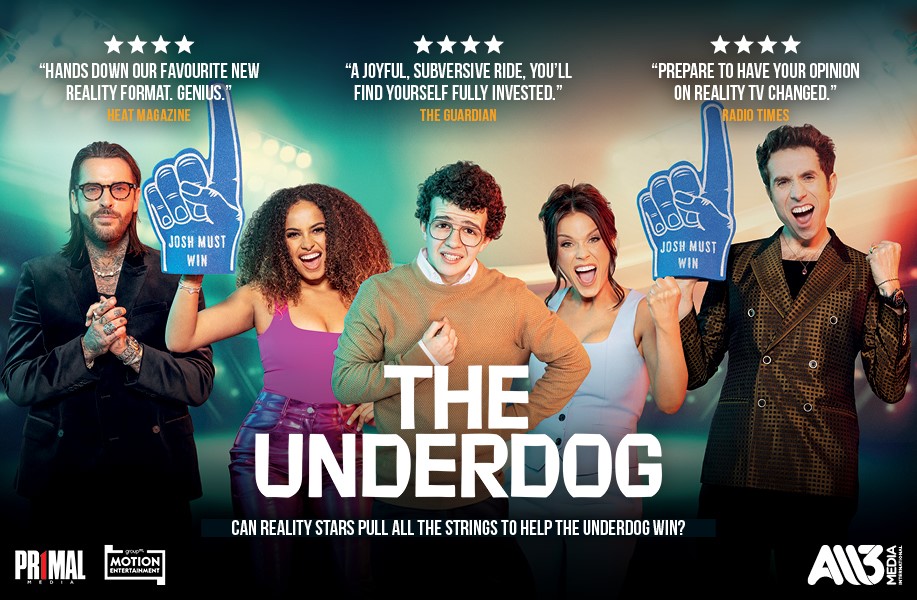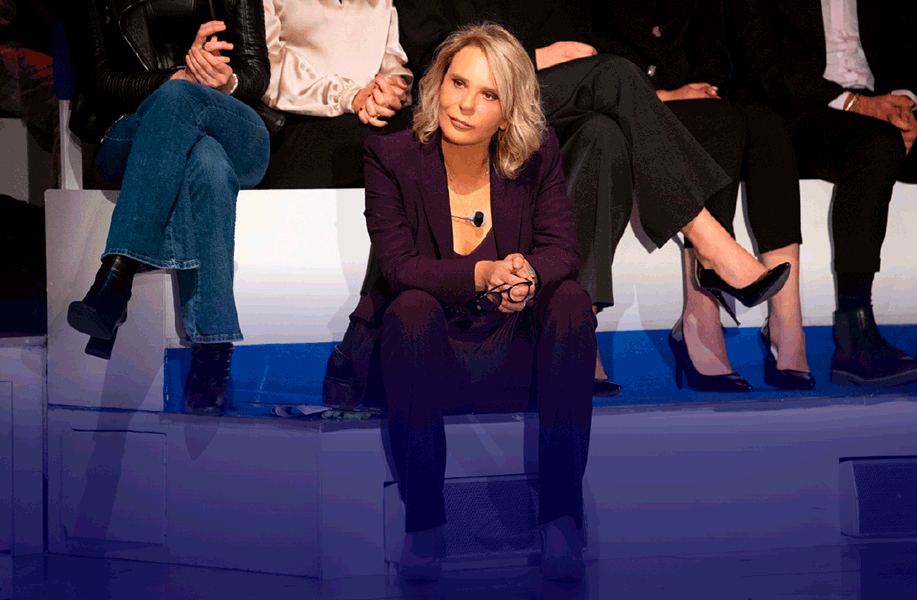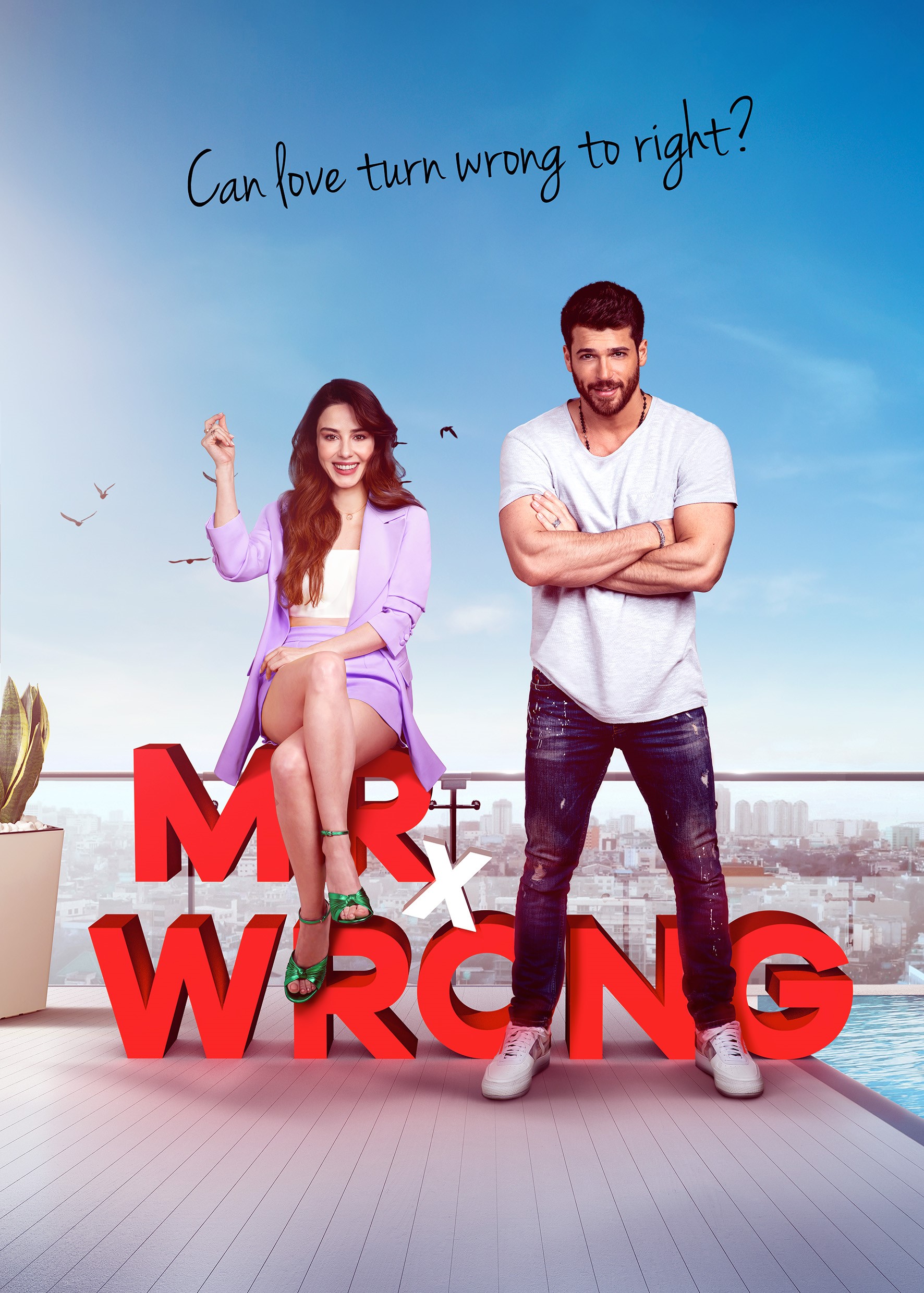The third and final day of the AVP Summit in Merano closed on a bright note—by taking comedy seriously. The panel titled "The Serious Business of Being Funny: Comedy in AV Productions" brought together acclaimed producers and creators to explore the evolving role of humor in audiovisual storytelling, both in Italy and internationally.
Jordana Mollick, producer and co-founder of Semi-Formal Productions (USA), opened the session with insights into the challenges and rewards of producing comedy films in today’s competitive market. “Comedy is harder than drama,” she noted, “because timing, tone, and character need to work together seamlessly. But when it connects with the audience, the payoff is powerful.” Mollick emphasized that comedy thrives when rooted in real life: “The best comedies come from following real people, their contradictions, their dreams—it’s about truth wrapped in laughter.”
From the U.S. to Italy, Verdiana Bixio, president of Publispei, took the stage to reflect on her family's 50-year legacy in Italian comedy production. “We have a strong tradition in commedia,” she said proudly, citing legendary actor Lino Banfi, who transitioned from B-movies to becoming a national icon in Il Medico di Famiglia on Rai 1—one of the longest-running Italian series, spanning 10 seasons and 20 years of production. “Comedy is how we tell the story of Italians. It's in our DNA.”
Verdiana highlighted the enduring influence of the commedia amara—Italy’s bittersweet comedic tradition, pioneered by filmmakers like Lina Wertmüller. “We tell dramatic stories, but through the lens of irony and lightness,” she explained. “Even taboo subjects, like the concept of a ‘blended family’ in Un Medico in Famiglia during the conservative 1990s, were introduced with tenderness and humor. That was revolutionary at the time.”
The conversation turned global again with Gary Lucchesi, American film producer, who asked whether comedy today is more suited for streaming platforms or theatrical releases. Verdiana replied that while both have their space, Italy has witnessed a fascinating cross-pollination: “Many of our greatest actors started in TV and moved to cinema. Think of Massimo Troisi, whose performance in Il Postino was gentle, poetic—and deeply moving, even in its lightness.” Another powerful example from modern Italy is Checco Zalone, one of the country's most popular and controversial comedic voices. “He’s incredibly intelligent, and his characters—though often over-the-top or politically incorrect—reflect uncomfortable truths about our society,” said Bixio. “And yet, he’s loved by all, from children to grandparents. That’s the power of comedy.” She also recalled the game-changing success of Tutti Pazzi per Amore, a romantic family comedy full of pop culture references and music, which struck a chord with audiences across the country. “We dared to mix genres, tone, and even musical moments. It was disruptive, but it worked.”
Joseph Farrell, CCO and producer at Funny or Die, then brought a digital-era perspective, reflecting on how internet-native comedy shifted the landscape:“The perfect thing to be able to do in an office,” he said, “was to secretly watch a video in your cubicle—it’d be three to five minutes, a quick laugh, and then back to work. It was a way to democratize comedy.”
He emphasized how platforms like Funny or Die provided space for voices from the internet to be discovered:
“You had your big comedy stars—Will Ferrell, Adam McKay—but what the founders did was offer visibility to emerging talent. Suddenly, someone unknown could upload a sketch and the next day get a call from The Tonight Show or Saturday Night Live. It gave birth to what we now see on TikTok—comedy in your pocket, accessible and immediate.” Farrell then shared a memorable early story from his time at Funny or Die, involving Natalie Portman:
“Back then, the internet was still mostly cat videos. Natalie, who was friends with Rashida Jones, came in to do a video with us. The schedule was tight—she was flying to Paris in two days—and I knew if we didn’t shoot right away, it wouldn’t happen. So we shot it the very next day at my friend’s apartment near our office. We filmed three videos in two hours. The first one was released while she was on her way to Paris!”
The anecdote illustrates how Funny or Die embraced speed, spontaneity, and bold ideas—long before “disruptive content” became an industry buzzword.
“Adam McKay had this trick,” Farrell added, “of using high-profile talent to talk about serious things, then pivoting to something absurd. That approach—humor mixed with meaning—defined much of what we did.”












